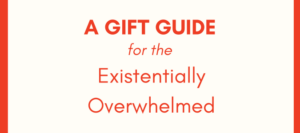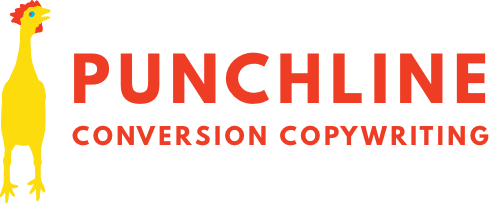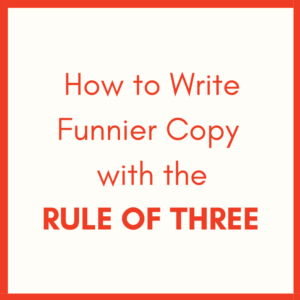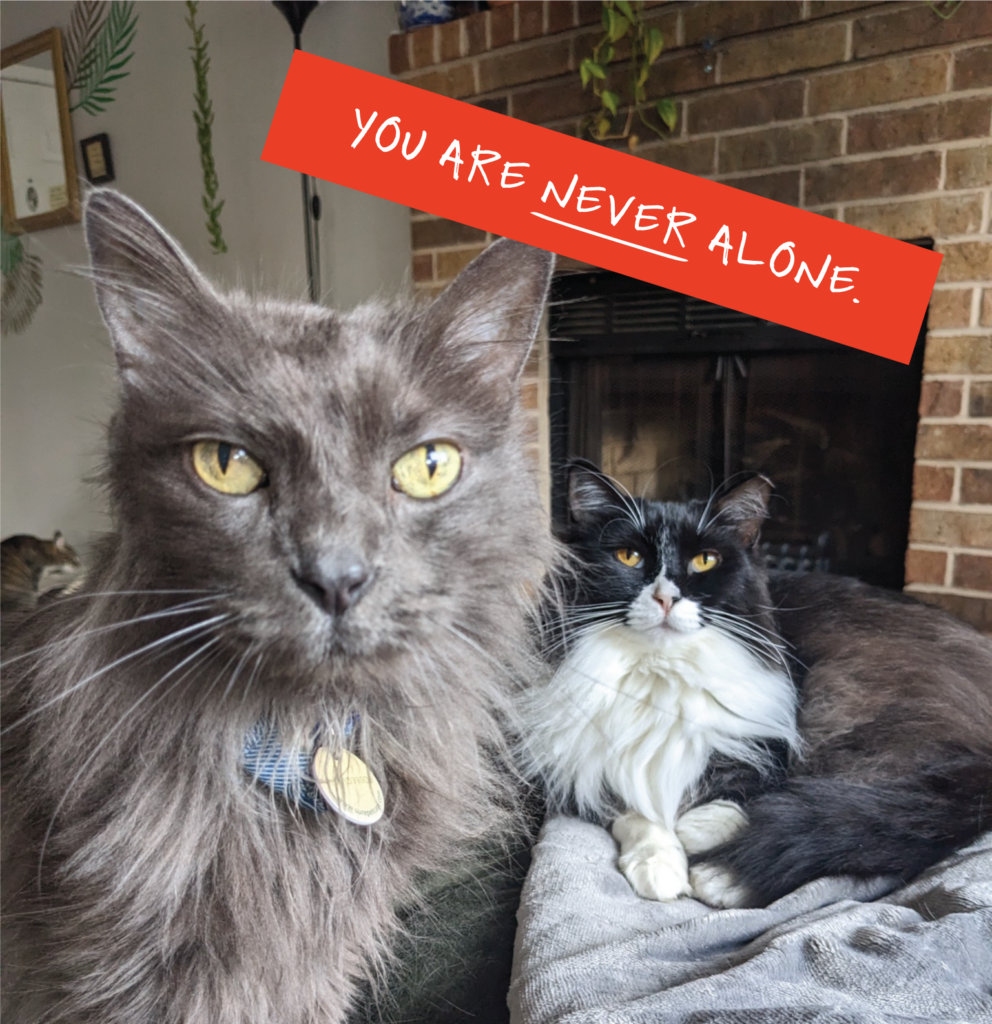
The Hook

Pithy posts on copywriting, comedy, and how to write 10% funnier without pulling a muscle.
Psst, Scroll Down ↓
SaaS Marketing Gym
High-level SaaS marketing expertise on tap →
Copywriting, Meet Comedy
Your life and your copy will never be the same →
Dumb Shit on Bluesky
ranked #1 for “funny copywriter” (i killed all the others) →
This space intentionally left blank to force you to contemplate your own mortality
Copyright 2023 punchline copy • All rights + a few wrongs reserved • web design by green tie studio









